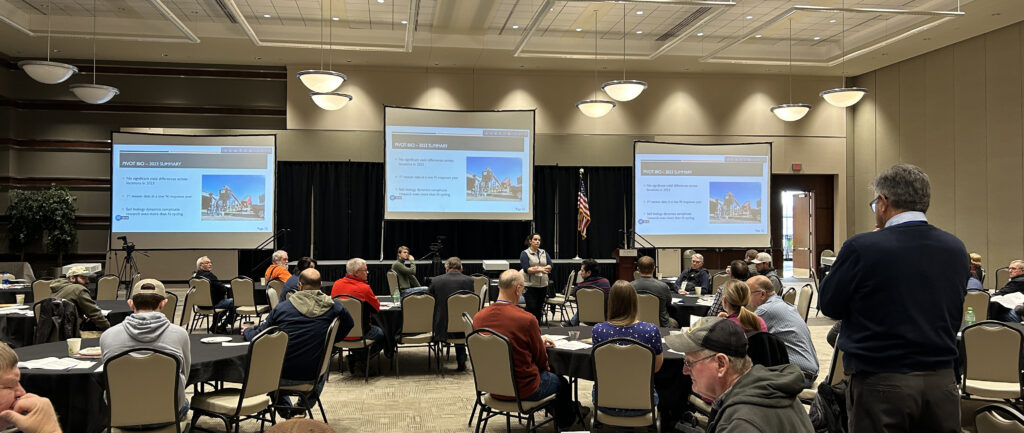Sometimes I like to watch poker on TV, especially Texas Hold’em. The players are playing against the unknown. You have your two cards; only you know what they are. You have the three community cards, and then slowly two more cards revealed. Actions, hold, raise, fold or go all in, happen at each flip of a card. There you are wondering: what are the other players holding? Are the cards in a player’s hand enough, when paired with the community, to win? When is the best time to fold? Do you bet the farm and go all in?
Sounds a bit like farming. You read the paper, cruise the internet and get all your information. The reports update the global supply on hand. You estimate what the demand will be come November. You estimate the soybean yield on your place, your county, your state. Each time, more information becomes available about the crop, contract prices change. A card flipped, an action happens, the price changes.
According to the USDA, we are in confusing times. Demand for soybeans is incredibly high. Supply is also incredibly high. Soybean prices could go either up or down, quickly. USDA experts predict it may be difficult to keep a $10/bushel average price for commodity beans. What should you do? Actions taken depends on where you think prices are going.
Will supply stay high and demand fall? If so, prices will go down. Will supply fall and demand stay high? If it does, prices will go up. As soybean harvest occurs and yield estimates are validated, price typically firms-up (become less variable). If yield is well beyond estimates prior to harvest, price changes. What we do know is that contract prices will change. Most of the experts I follow indicate soybeans will top $10 per bushel, occasionally, through 2018. How frequently – and when – seems to be a point of contention.
What can and should you do? That part is actually simple: make a plan. Spend time with your marketing advisers; determine your estimated yield range, including minimum and maximum yield values. Determine your break-even price ($/bu), decide on a reasonable profit and set your farm (sell) price. Anytime the post-harvest contracts price tops your farm price, sell a portion of your predicted soybean harvest. How big a portion? That decision is extremely farmer dependent. Therefore, you should sell an amount you think is best for your operation.
A lot depends on when that contract price hits, or tops, your sell price. Early in the growing season, say May to early June, confidence in yield predictions should be low. A lot can happen between planting and harvest. On the other hand, most farmers will have a reasonable estimate of average yield across the whole farm (field to field variation will still be great). Early highs leads to worries of over-selling (contracting more than you can produce) which has its own set of problems. Still, in the end, the motto of plan the work, then work the plan still holds true. In our recent past, the farmer without a plan, became the farmer without a farm.
Well, it is getting close to planting. Time to ante up!
David Kee is the director of research at Minnesota Soybean and can be reached at 507-388-1635 or david@mnsoybean.com.







